Golden Lion award for Korean pavilion could help "trigger the reality" of a unified Korea
Venice Architecture Biennale 2014: in this exclusive interview with Minsuk Cho of Mass Studies, filmed moments after he collected the Golden Lion award for best pavilion, the architect explains how he hopes Korea's Venice Architecture Biennale pavilion will help North and South Koreans to reconnect.
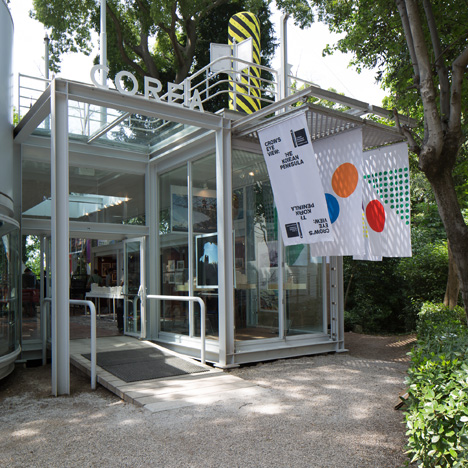
"I hope this will really trigger the reality that we have been hoping to create," says Cho. "Our wish has been widely exposed and many others sympathise. This honour is incredible, I hope this is a good beginning."
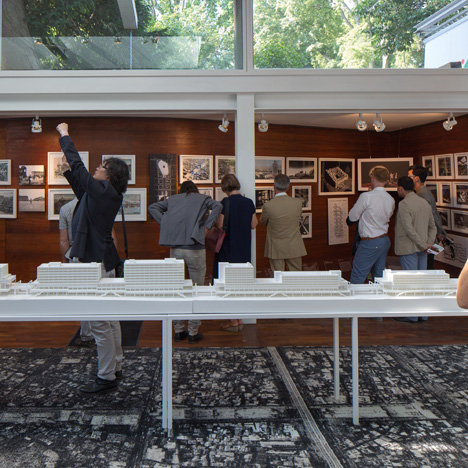
The South Korean pavilion at this year's Venice Architecture Biennale, which Cho curated, aims to demonstrate the potential of a unified Korea by bringing together almost 40 projects from both cultures.
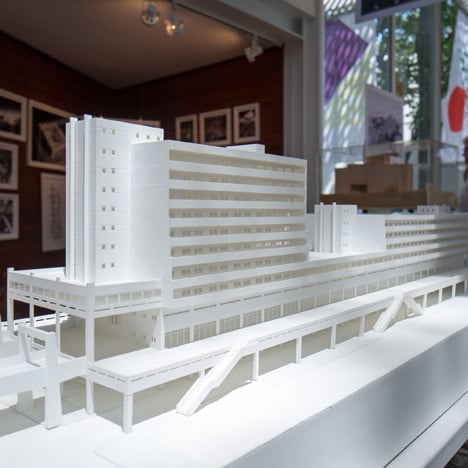
Cho had originally intended to involve North Koreans in the project, but was unable to make contact with people on the other side of the border in time for the exhibition. Instead, he invited contributors from around the world to participate in what he describes as a huge "research project".
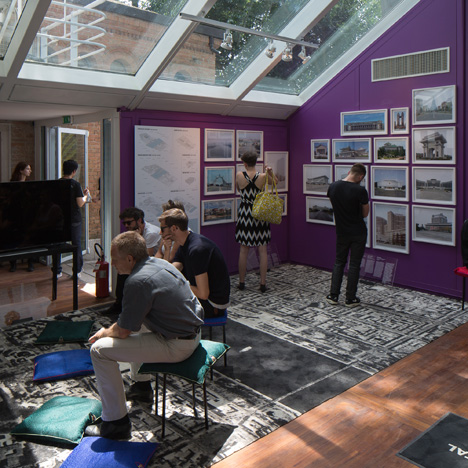
"It was important to engage both Koreas, which have been divided for 69 years," Cho explains. "We made several attempts for six months to contact and invite North Koreans [to take part in the show] through people who so willingly became our messengers and bridges and mutual friends. So in the end this exhibition is a result of that and I'm very happy to present this group of people, which could be a really exciting start."
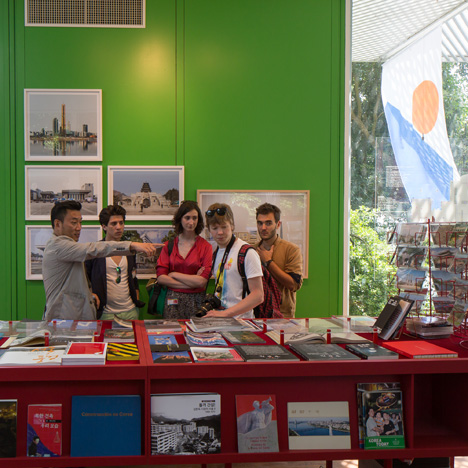
The exhibition is split into four main themes: how architecture has been used to create national identity after the Korean War; the architecture of the state; the North/South border that divides the peninsular; and an area dedicated to travel, film and cultural production in North Korea.
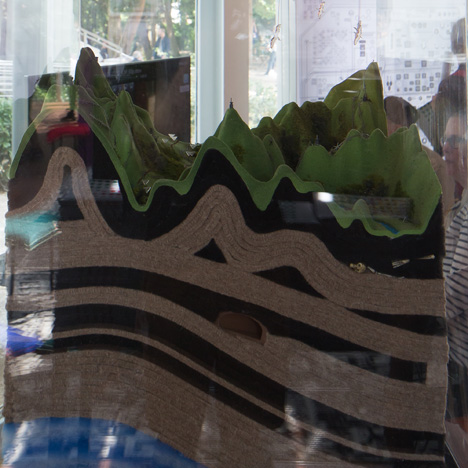
"Each fragment is fascinating on its own, but I think the way we composed it also creates an interesting chemical reaction," Cho says. "A lot of things are unspoken here. There are lots of mysteries, a sadness even."
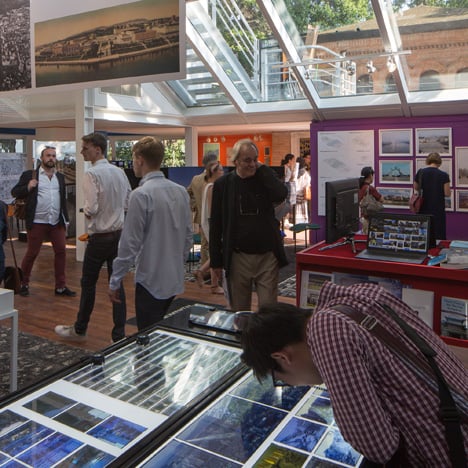
Despite the vast amount of material exhibited within the pavilion, Cho says the absence of the involvement of North Koreans themselves is keenly felt.
"Our exhibition looks so chaotic and packed but it feels so empty," he says. "Someday we'll look back at this – maybe together with the North – and have a good laugh at how we could put together such an ignorant exhibition."
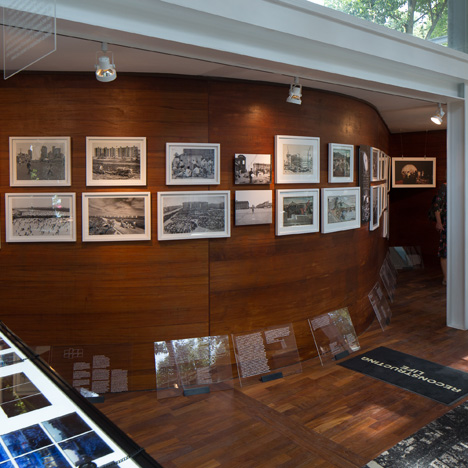
Cho is hopeful that the exhibition will encourage South Koreans to make contact and reconnect with the North.
"I would like to have it as a message for both nations," he says. "It's a small demonstration, a small step, about how creative people can create contact."
Photography by Luke Hayes.
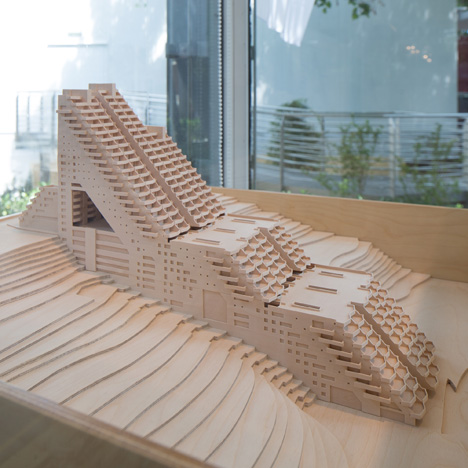
Follow Dezeen's coverage of the Venice Architecture Biennale »